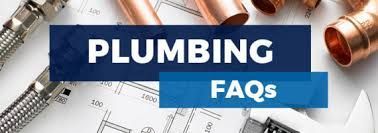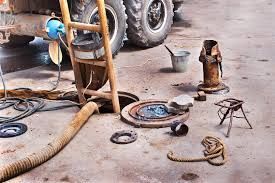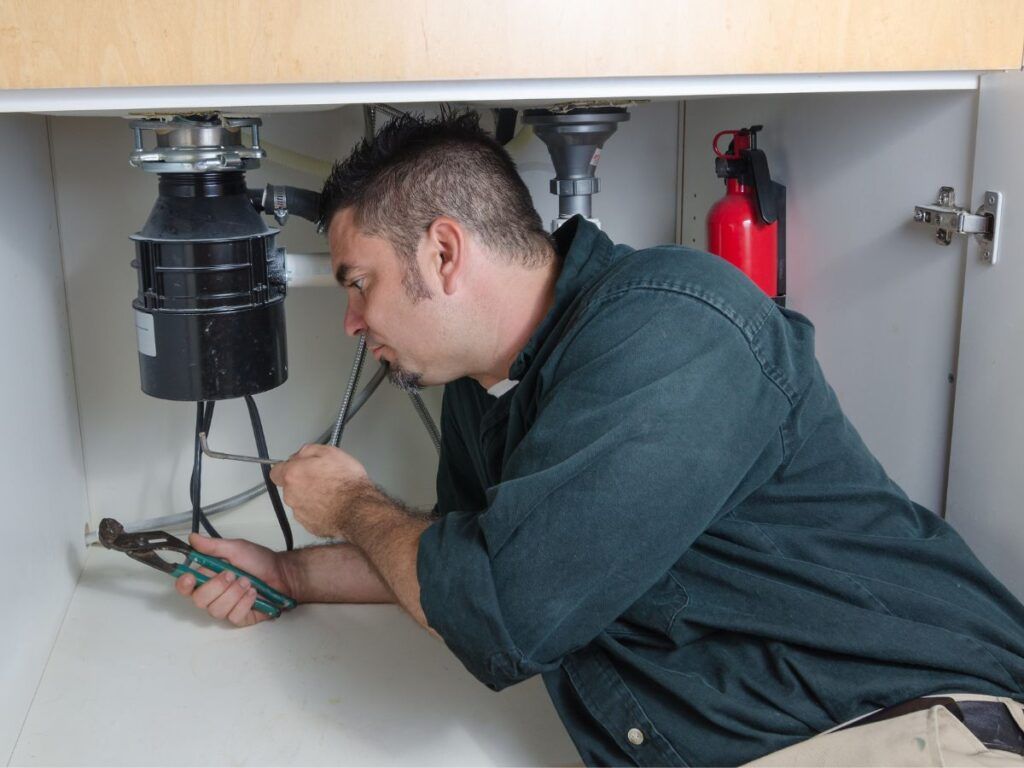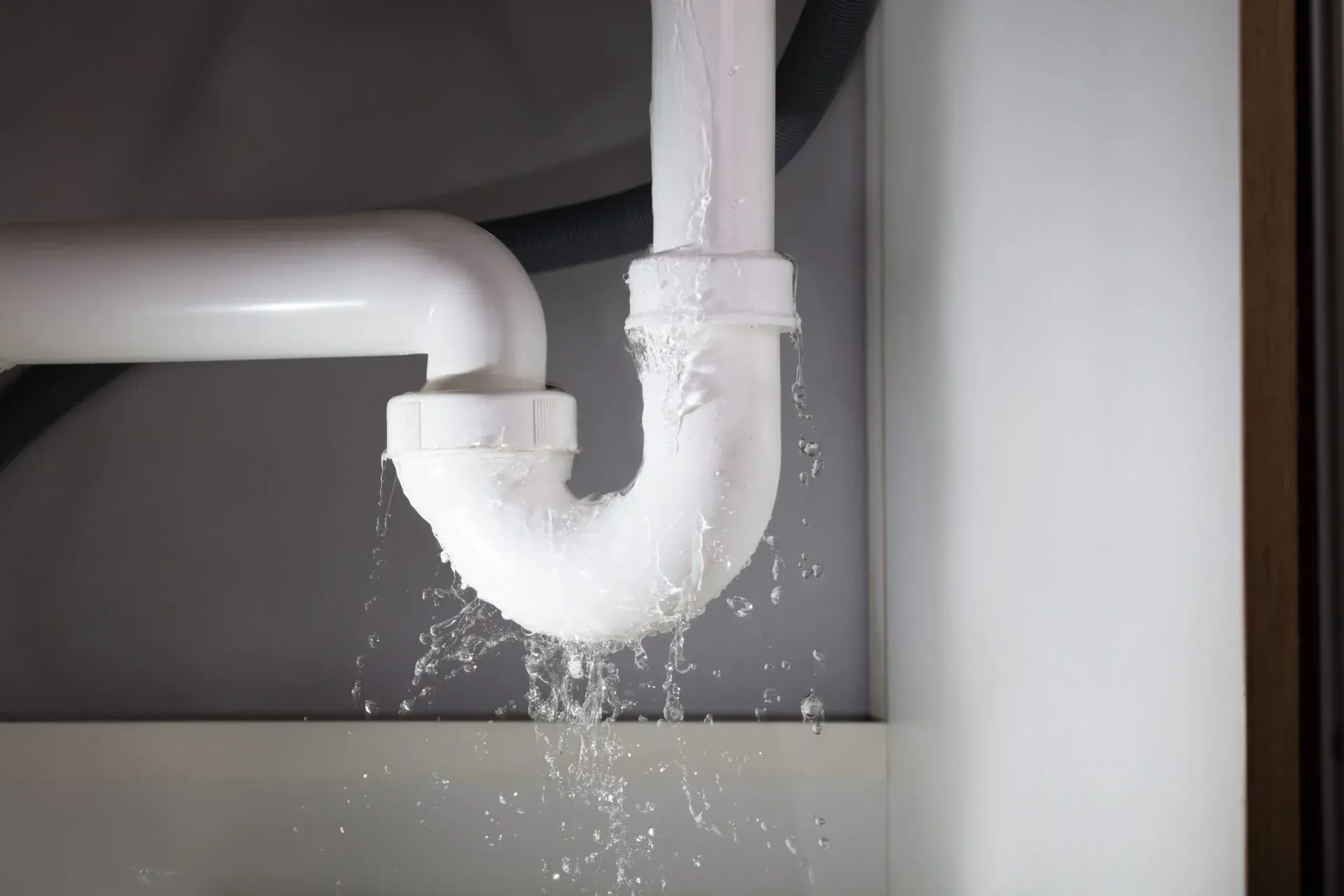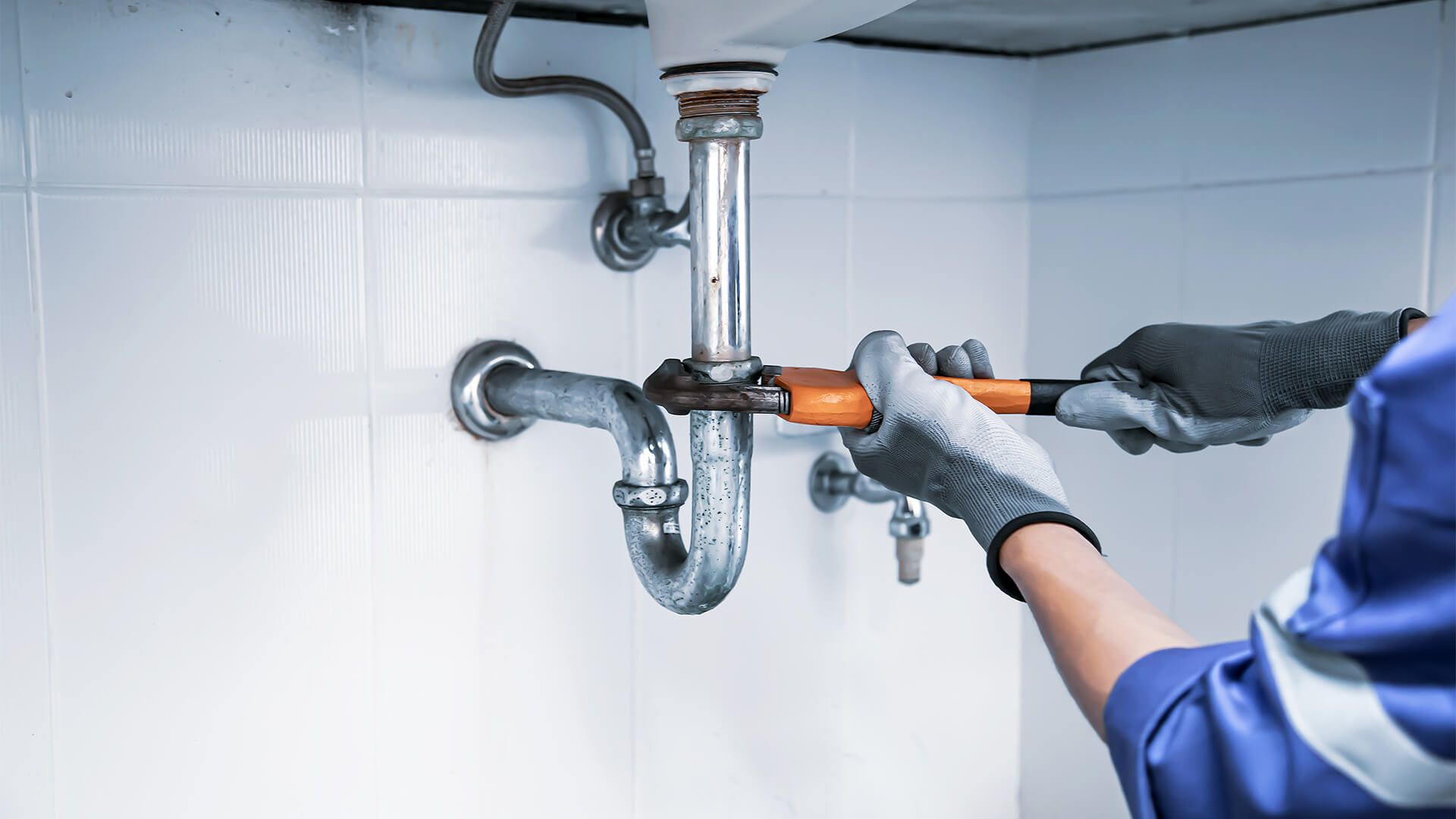How Do I Clear the Main Drain Line in My House?
A clogged main drain line can bring your entire household to a halt. Unlike minor drain blockages that affect a single sink or shower, a main drain clog impacts the entire plumbing system, leading to slow drains, unpleasant odors, and even sewage backups. When you flush the toilet and water bubbles up in the bathtub or your sink refuses to drain despite your best efforts, you’re likely dealing with a main drain obstruction.
Understanding how to clear the main drain line in your house is crucial—not only to restore proper drainage but also to prevent costly repairs and potential health hazards. Fortunately, with the right approach, you can often resolve the problem yourself without calling a plumber. However, ignoring it or using the wrong methods can worsen the situation. Let’s dive into the causes, solutions, risks, and expert recommendations to keep your drain line flowing smoothly. For professional drain clearing services, please reach out to us!
How To Repair Your Plumbing After a Hurricane or Flood
Why Does the Main Drain Line Get Clogged?
A main drain clog doesn’t happen overnight. It usually builds up over time due to a variety of factors, and understanding these causes can help prevent future blockages.
One of the primary reasons for a blocked main drain is an accumulation of grease, hair, soap scum, and food particles. When grease is poured down the sink, it may seem harmless in its liquid state, but as it cools, it solidifies and sticks to the walls of your pipes. Over time, other debris clings to the grease, eventually creating a stubborn blockage that won’t easily wash away.
Tree roots are another common culprit, especially in older homes with clay or cast-iron pipes. Small roots find their way into tiny cracks in the pipe and thrive in the constant supply of water and nutrients. As they grow, they form a dense web that can trap waste and completely block the drain.
Flushing non-flushable items down the toilet is another major reason for main line clogs. Wet wipes, feminine hygiene products, paper towels, and even excessive amounts of toilet paper can accumulate and create a stubborn obstruction. While some products claim to be flushable, they often fail to break down completely, leading to plumbing issues over time.
Step-by-Step Solutions to Clear Your Main Drain Line
If you suspect your main drain line is clogged, there are several methods you can try before resorting to professional help. Acting quickly can prevent sewage backup and further damage to your plumbing system.
1. Locate and Open the Cleanout Pipe
Most homes have a cleanout pipe, a capped opening that provides direct access to the main drain line. It’s typically located outside the house, in the basement, or near the foundation. Before you begin, put on protective gloves and have a bucket ready—removing the cap may release built-up sewage and water pressure.
Once the cleanout cap is off, observe whether water flows out. If water gushes out immediately, your main drain is fully blocked. If nothing happens, the blockage may be further down the line.
2. Use a Plumbing Auger (Drain Snake)
A plumbing auger, or drain snake, is one of the most effective tools for breaking up clogs in the main drain line. A motorized auger is ideal for tackling stubborn blockages, but a manual one can also do the job.
Insert the auger into the cleanout and slowly feed it into the pipe while turning the handle. If you feel resistance, you’ve likely reached the clog. Continue rotating and pushing the auger to break up the blockage. Once the resistance eases, pull the auger back out, clean off any debris, and flush the drain with water.
3. Try a Hydro Jetting Method
If a drain snake doesn’t fully clear the blockage, hydro jetting may be the next best option. This involves using high-pressure water to blast away grease, roots, and debris from the inside of the pipe. While some DIY hydro jetting tools are available, this method is best performed by professionals to avoid damaging the pipes with excessive pressure.
4. Use a Baking Soda and Vinegar Solution
For minor clogs or regular maintenance, a mixture of baking soda and vinegar can help loosen buildup. Pour a cup of baking soda into the drain, followed by a cup of vinegar. Let it sit for at least an hour before flushing with hot water. While this method is not a guaranteed fix for severe blockages, it can help prevent buildup when used regularly.
5. Call a Professional Plumber
If all else fails, calling a professional plumber is the best course of action. They have specialized tools, such as cameras that inspect the inside of your pipes, and advanced equipment to handle even the most stubborn blockages.
The Risks of Ignoring a Clogged Main Drain Line
Ignoring a clogged main drain line can have serious consequences. The longer the blockage remains, the worse the problem becomes, leading to extensive damage and costly repairs.
One of the most immediate risks is sewage backup. When wastewater has nowhere to go, it can start overflowing from your toilets, sinks, and bathtubs, creating an unsanitary mess that poses health risks due to bacteria and foul odors.
A clogged drain line can also lead to pipe damage. The buildup of pressure within the pipe can cause cracks or even burst pipes, requiring expensive replacements. In older homes, tree roots growing inside the pipes can exacerbate the issue, leading to the need for major excavation and pipe repair.
Additionally, persistent drainage issues can result in mold and mildew growth. Excess moisture from slow-draining water creates the perfect breeding ground for mold, which can spread and cause respiratory problems and structural damage to your home.
How does a water fountain work?
Preventing Future Main Drain Clogs
Preventing a clogged main drain line is far easier than dealing with one after the fact. Simple changes in your daily habits can go a long way in keeping your plumbing system running smoothly.
Avoid pouring grease, oils, and coffee grounds down the sink. Instead, dispose of grease in a container and throw it in the trash. Use sink strainers to catch food particles and hair, preventing them from going down the drain.
Be mindful of what you flush down the toilet. Stick to toilet paper and human waste, and avoid flushing wipes, feminine hygiene products, and other non-biodegradable materials.
For homes with trees near sewer lines, regular inspections are crucial. Consider scheduling a professional drain cleaning service once a year to prevent root intrusion and buildup before they become serious problems.
Using enzyme-based drain cleaners monthly can help break down organic matter and keep pipes clear. Unlike chemical drain cleaners, enzyme-based solutions are safe for pipes and the environment.
Conclusion: Taking Action Before It’s Too Late
A clogged main drain line is more than just an inconvenience—it’s a plumbing emergency waiting to happen. Acting fast when you notice the warning signs can save you from costly repairs, water damage, and health hazards.
While DIY methods such as using a drain snake or a baking soda solution can sometimes resolve minor blockages, severe clogs may require professional intervention. And the best solution of all? Prevention. By adopting good plumbing habits and scheduling regular drain maintenance, you can keep your main drain line clear and ensure that your home’s plumbing runs smoothly for years to come.
If you’re currently dealing with a slow or clogged main drain line, don’t wait for it to get worse—take action today and restore your home’s plumbing to full functionality.

